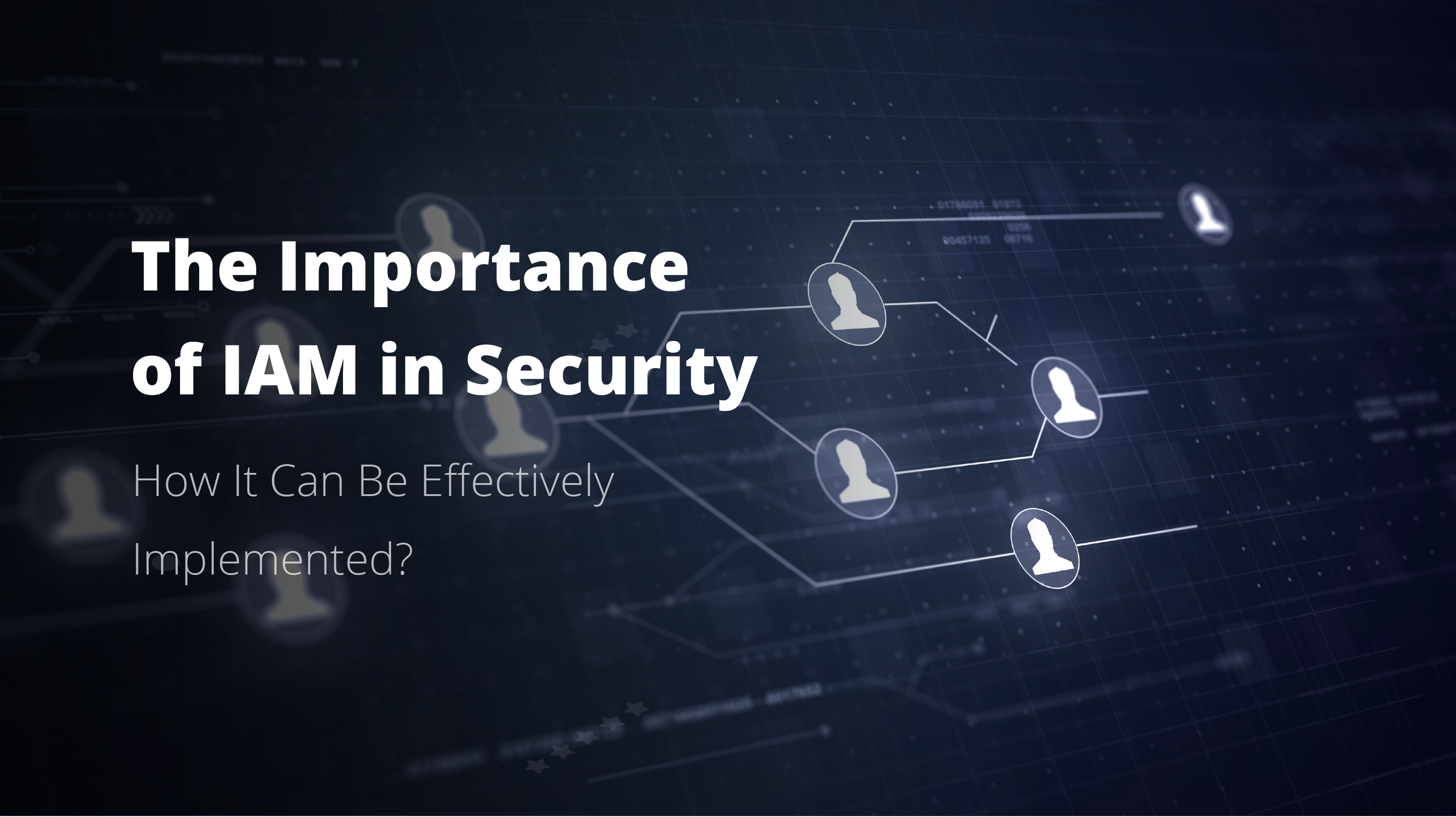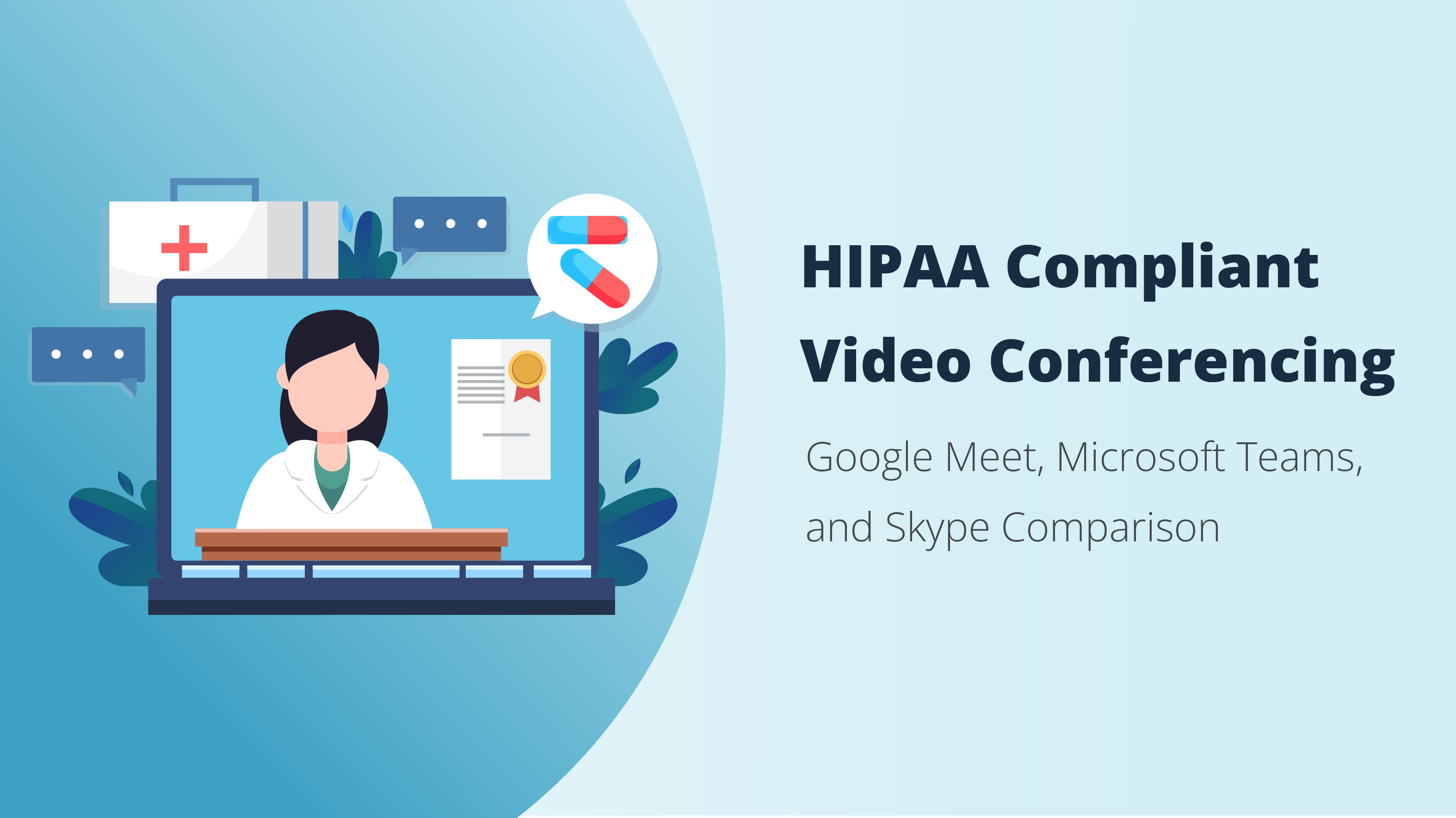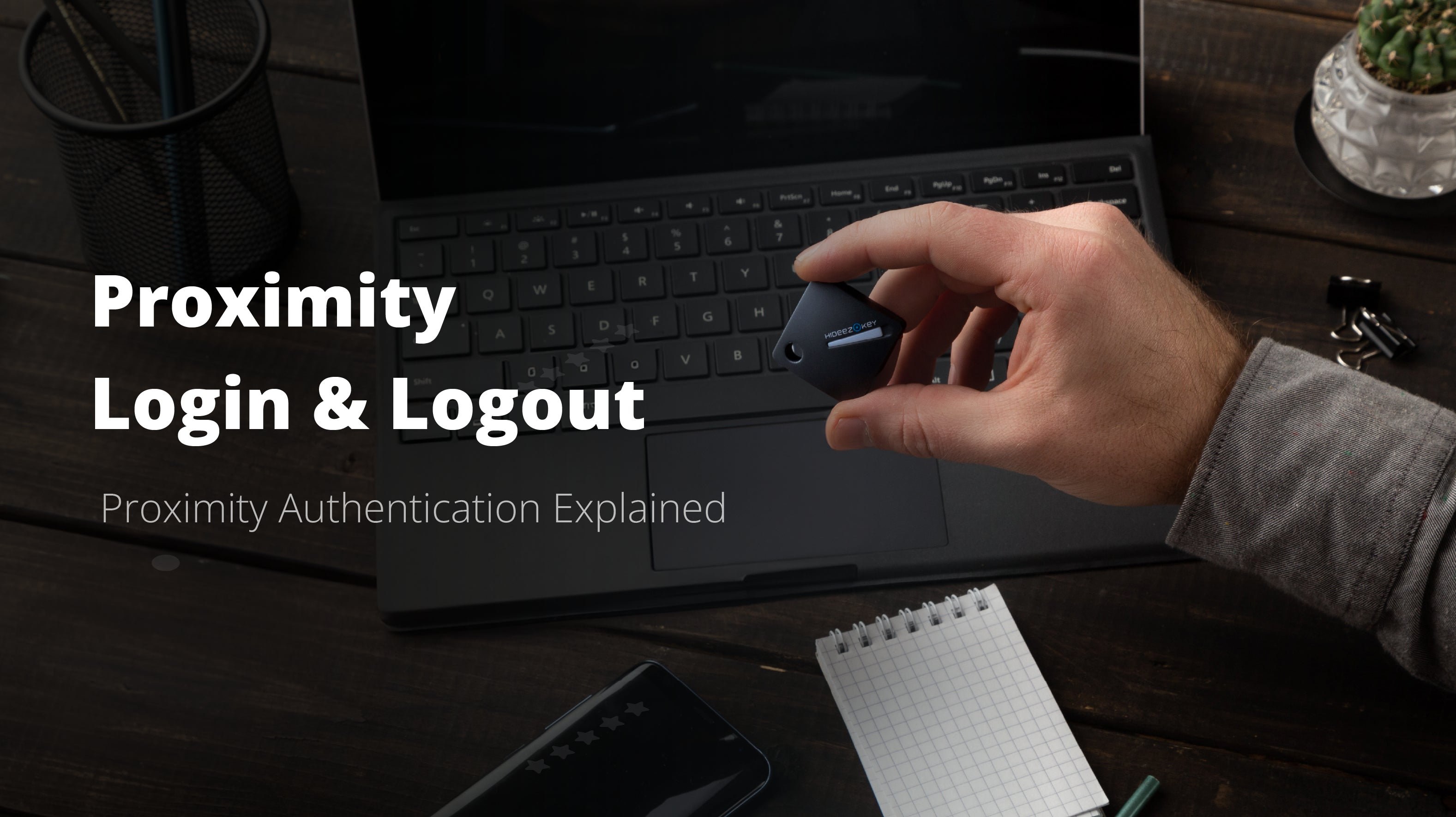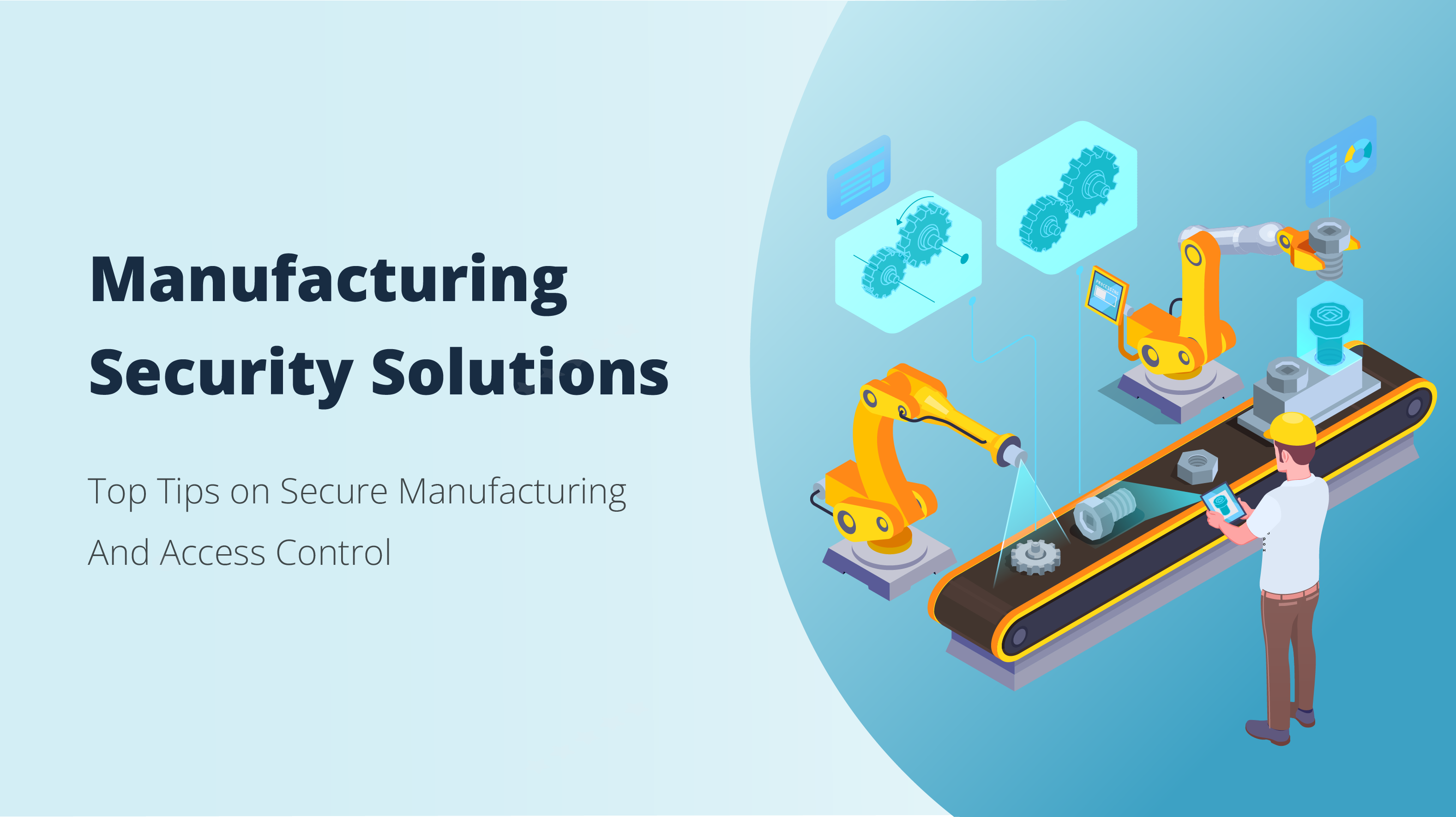
IAM (Identity and Access Management) is a critical aspect of cybersecurity that every organization should take seriously. It helps you manage access to your sensitive organizational resources to ensure that only authorized people can access them.
According to recent statistics, 82% of data breaches involve human elements like misuse, phishing, stolen credentials, or simply an error. You can minimize these cybersecurity risks by implementing IAM, but it can be a complex and challenging process.
That’s where this guide comes into place. It’ll provide you with all the information you need to understand the importance of identity and access management and how to implement it in your organization the right way.
What is IAM in Cybersecurity?
In simple words, IAM is a security mechanism that ensures the only right people have access to the right information at the right time. It ensures that sensitive data and resources are protected from unauthorized access or misuse by implementing strict access control policies and authentication procedures.
It plays a crucial role in protecting your organization's data, preventing security breaches, and ensuring compliance with regulatory standards.
Basic Components of IAM
The following are the basic components of the identity and access management framework.
Authentication
Authentication is a process that confirms the user’s identity before granting access to resources. An IAM system can use multiple methods for this purpose, such as passwords, single sign-on, multi-factor authentication, and biometrics.
Authorization
Once the user's identity has been authenticated, the authorization process begins. It involves granting access to the system’s resources based on the role and identity of the user. It helps you make sure that users can only access the resources or services that they are authorized to use.
Access Control
The access control process involves enforcing access control methods, rules and policies that determine which users are authorized to access which resources. It allows you to prevent unauthorized access to sensitive data or systems and comply with regulatory requirements.
Identity Management
This IAM component is used to create, store, and handle digital identities that you’ve created for different users in your organization. In other words, it facilitates the administration of user accounts and privileges.
Reporting
Reporting is an important component of the identity and access management system because it provides insights into system usage, user behavior, and security incidents. An IAM system can generate different types of reports on a range of activities, such as data exports, resource access, log-in attempts (both failed and successful), and more.
These valuable pieces of data allow you to monitor user activity and identify potential security risks to eliminate them timely. It helps you make sure that everyone is following your organization’s security regulations properly.
Importance of Identity and Access Management for Business
IAM is important because it allows you to improve the security posture of your organization. Research shows that about 44% of security professionals say that using an IAM solution can help them address their security vulnerabilities.
Read the following points to understand the importance of this security framework in detail.
Ensures Data Confidentiality
IAM is crucial in ensuring the confidentiality of your sensitive business information. The implementation of proper identity and access management policies allows you to control who can access specific resources, applications, and data.
This way, only authorized individuals will have access to confidential information, which will reduce the risk of data breaches and unauthorized access to critical information.
This security framework especially comes in handy when working with remote teams. That’s because remote work has increased access to sensitive business data and systems by 59%. It means you need to take additional security measures to protect your business while managing a remote workforce, and IAM implementation can help you with that.
Additionally, you can also pair your IAM system with other security measures, such as a VPN (Virtual Private Network), to add an extra security layer. Not only will it prevent unauthorized access to your private resources, but it’ll also encrypt data transmission to further enhance data confidentiality.
Reduces Human Error
Managing access rights to user accounts manually can be a tedious and time-consuming process. It can also lead to errors that could compromise the security of your organization's data.
An IAM solution can automate the access management process and ensures that access is granted or revoked according to defined policies and procedures. It minimizes the risk of granting access to unauthorized users or failing to revoke access from employees who no longer need it.
Additionally, the centralized nature of these solutions allows you to identify and fix errors in user access rights across different systems easily.
Helps You Maintain Regulatory Compliance
Most IAM solutions come with pre-configured compliance rules, which means that you won’t need to manage compliance on each regulation manually.
It helps you save time and effort while making sure that you stay compliant with industry regulations, such as HIPAA, FERPA, and GDPR.
Secures Digital Identity
As mentioned already, IAM offers authentication and authorization mechanisms, which allow you to protect the identities of users and their digital assets.
It reduces the risk of data breaches and identity theft, which can occur when unauthorized users gain access to sensitive data.
Improves Productivity
Implementing IAM in your organization can help your teams improve their productivity. It’ll reduce the burden of manual tasks and allow your employees to focus on their core responsibilities.
Additionally, modern IAM solutions are equipped with AI and machine learning technologies. Using such a solution will reduce the time and effort required to detect and respond to potential security threats.
It can help your organization a great deal to operate more efficiently and effectively while reducing the risk of costly security breaches.
Reduces Security Costs
Implementing an identity and access management system can automate identity-related tasks such as access requests, password resets, and onboarding. It can reduce the workload on your IT teams, eliminating the need for help desk tickets or calls.
As a result, your teams can focus on critical security tasks and reduce the risk of security breaches. This, in turn, can save costs associated with data breaches, fines, and lost revenue.
Optimizes User Experience
An IAM solution will also allow you to utilize the power of SSO (single sign-on). It’ll optimize the user experience by allowing them to access the resources they need with the same set of credentials.
It means they won’t need to remember multiple usernames and passwords, which can be frustrating and time-consuming.
Additionally, it’ll also reduce the risk of human errors or delays caused by forgotten credentials or other authentication issues, leading to increased productivity and efficiency.
How to Implement IAM Effectively
The following is the list of steps that you can use to implement IAM effectively.
1. Assessing Your Organization’s Needs
Before implementing IAM, it's important to evaluate your organization's current technological landscape. It includes everything your company uses, such as networks, infrastructure, devices, applications, policies, and regulations.
It’ll help you identify the digital assets that you need to protect, the different roles of employees, and the specific access requirements of each role.
2. Develop an IAM policy
Once you have analyzed your organization's needs, you can start working on developing your IAM policy. It should outline all the rules and guidelines for granting and revoking access to your digital assets and resources.
In addition, it should also define the roles and responsibilities of each employee and the processes for requesting access.
3. Select Appropriate Technologies and Tools
The next step is to select appropriate technologies and tools to implement the IAM system. This includes user authorization and authentication tools, identity management software, and access control systems.
You can also use a complete IAM solution that combines all these services and tools in one place. However, you’ll need to make sure that it’s compatible with your organization's existing infrastructure and can be easily integrated into the system.
4. Implement and Test the System
After selecting the IAM system, you’ll need to implement and test it to make sure it works as intended. You’ll also need to train your employees on the new system so that they can use it properly.
Make sure that you conduct thorough testing to find out if there are any issues and make necessary adjustments to fix them.
5. Monitor and Refine the System
The final step is to monitor and review your IAM system regularly. You’ll need to read access logs and monitor the system activity to identify any potential security threats or issues.
It’ll help you find out areas for improvement to make sure that the system remains secure and continues to meet your organization's changing needs.
Best Practices to Implement IAM
Here’s a list of best practices that you should follow to utilize your IAM system in the best possible way.
- Follow Zero-Trust Approach Policy: Zero-trust policy is about assuming that no one is trustworthy unless verified. It means that your IAM system should evaluate the risk level during each session to make sure that all policies and procedures are being followed.
- Enforce a Strong Password Policy: Passwords should be difficult to guess or crack. Ask all your employees to follow NIST password guidelines to create and manage passwords.
- Set Password Expiry Policy: IAM systems provide excellent password management features, such as a password expiry policy. It’ll force your employees to renew their passwords after a specific period (usually three months) to protect their accounts against identity theft and credential stuffing.
- Use MFA (Multi-Factor Authentication): Multi-factor authentication offers an additional layer of protection to guard your sign-in process. Instead of relying on just a username and password, it uses additional factors, such as OPT sent via message/email, to minimize the risk of cyberattacks.
- Manage Privileged Accounts Properly: Follow the principle of least privilege and assign a minimum permission level for achieving any particular duty or role. It’ll minimize the attack surface and the risk of data breaches.
- Centralize the Security System: A centralized IAM system allows you to house every functionality and configuration into a unified system. This way, you’ll have better visibility of user roles and accounts to manage their access conveniently.
- Revoke Access When Needed: Conduct periodic reviews of user accounts and their access privileges to keep your systems reliable and secure. Make sure that you delete/withdraw access of orphan accounts to company resources to eliminate the chances of cyberattacks or breaches.
Final Words
IAM is a critical component of an organization's cybersecurity strategy. It provides you with a centralized platform for managing user rights and access to make sure that only authorized individuals can access confidential data.
By integrating this framework with your current security strategy, you can reduce the risk of cyberattacks significantly and protect your organizational resources. Additionally, it can also help you stay compliant with regulatory standards to prevent legal issues.
We hope now you understand why identity and access management is important and how you can implement it in your organization effectively.




